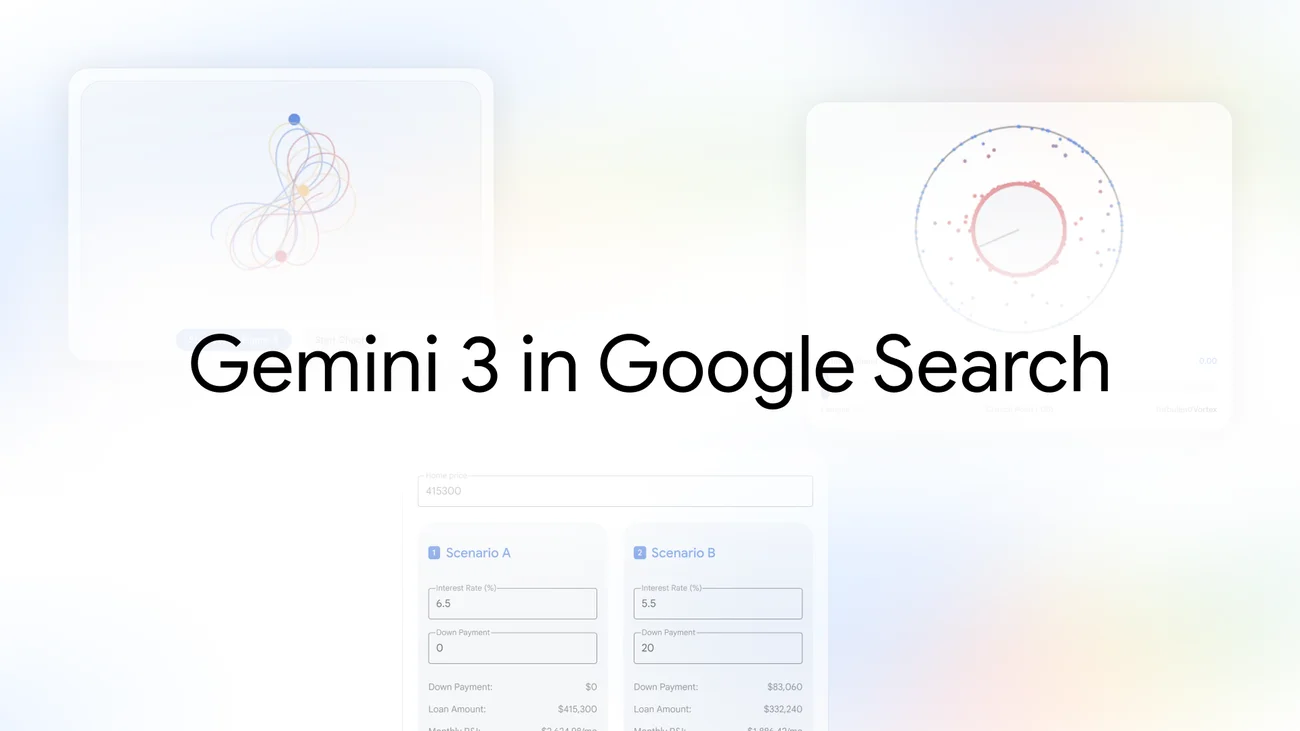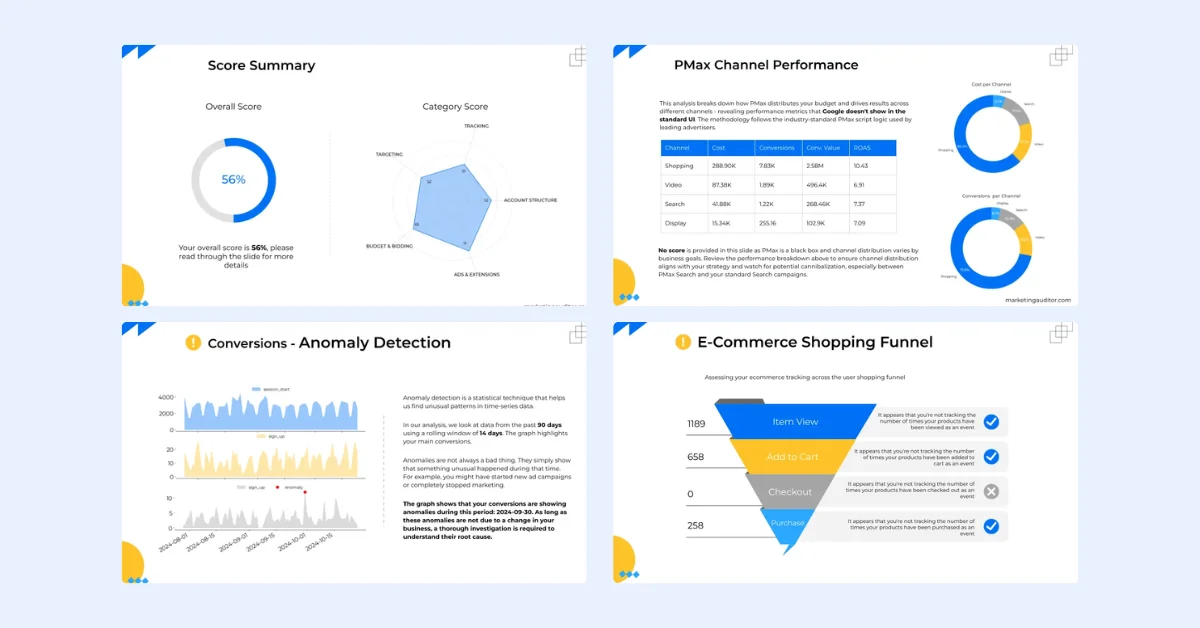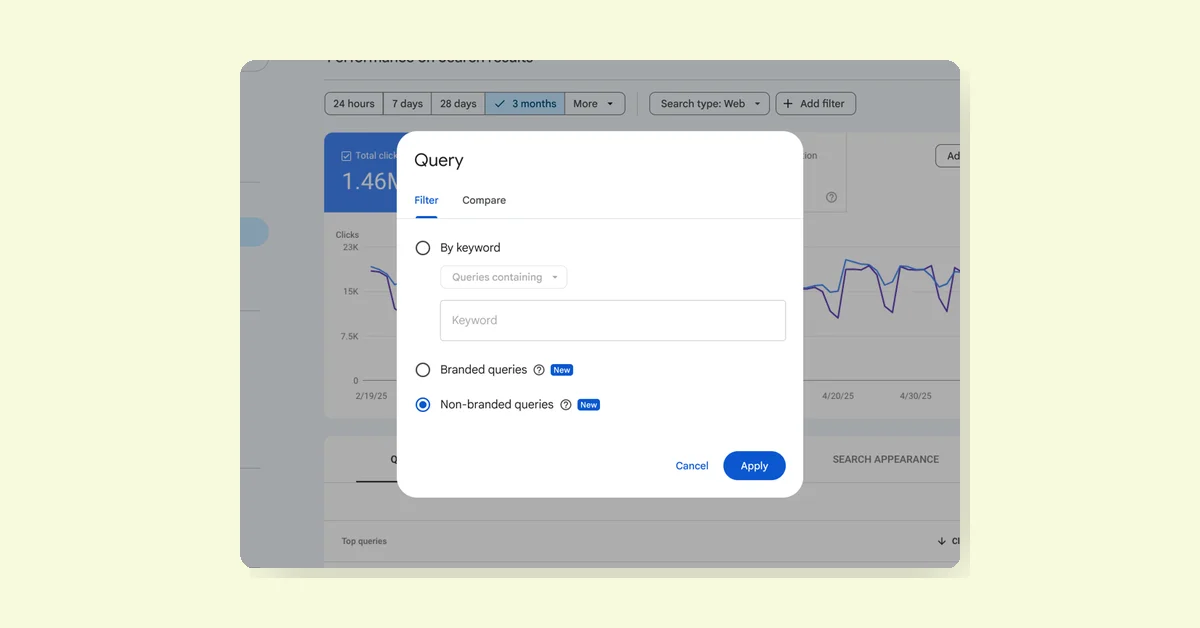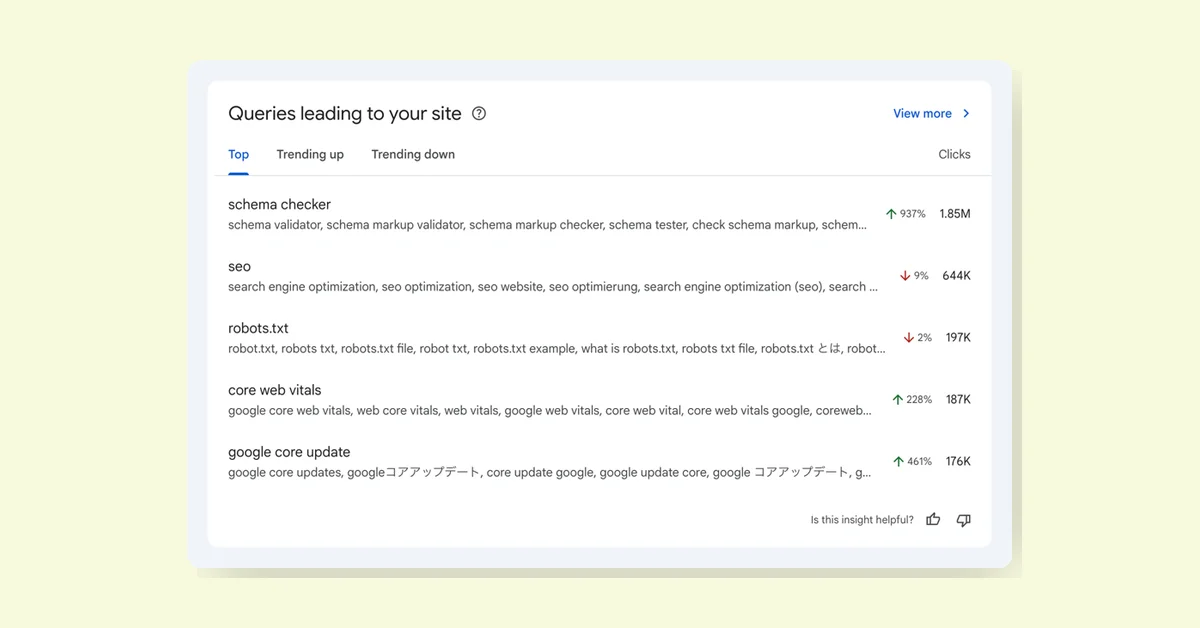Google has updated its Merchant listing structured data guidelines to enhance how merchants can encode various pricing types. The new validForMemberTier property, currently in beta, allows for the specification of member pricing, which is distinct from active and strikethrough prices. The guidelines now include detailed examples and instructions on how to use the priceType property for active prices, sale prices, and strikethrough prices, ensuring that merchants can effectively utilize these new features.
Purpose of the Update
The update aims to simplify the process for merchants to specify complex pricing through structured data, aligning with the pricing features available in Merchant Center. This enhancement allows for more detailed product information to be displayed in Google Search, including pricing, availability, and shipping details.
Structured Data Implementation
Merchants are encouraged to add Product markup to their pages to qualify for display in various Google Search experiences. The structured data must include required properties, and merchants can use tools like the Rich Results Test to validate their code. Key steps include:
- Add Required Properties: Insert structured data based on the format used.
- Use a CMS or JavaScript: Consider plugins for easier integration.
- Validate Code: Check for critical errors and improve quality.
- Deploy and Test: Ensure pages are accessible to Google and request re-crawling if necessary.
Pricing Types
Google recognizes three main pricing types:
- Active Price: The current selling price.
- Strikethrough Price: The regular price displayed during a sale.
- Member Price: The price offered to loyalty program members.
These prices are encoded using specific properties under the Offer object, with clear distinctions on how to represent each type. For example, member prices must use the validForMemberTier property, while strikethrough prices utilize the priceType property.
Examples of Structured Data
Multiple examples illustrate how to encode different pricing scenarios in JSON-LD format. For instance, a product page can specify an active price and a member price as follows:
"offers": {
"@type": "Offer",
"url": "https://www.example.com/trinket_offer",
"price": 10.00,
"priceCurrency": "GBP",
"priceSpecification": {
"@type": "UnitPriceSpecification",
"price": 8.00,
"priceCurrency": "GBP",
"validForMemberTier": {
"@type": "MemberProgramTier",
"@id": "https://www.example.com/com/members#tier_gold"
}
}
}
Merchants can also include shipping and return details in their structured data. This includes specifying shipping rates, delivery times, and return policies, which enhance the customer experience by providing clear information upfront.
Conclusion
The updates to Google’s Merchant listing structured data guidelines empower merchants to provide more detailed and accurate pricing information. By following the new specifications, merchants can improve their visibility in search results and enhance user engagement through clearer product listings.




















